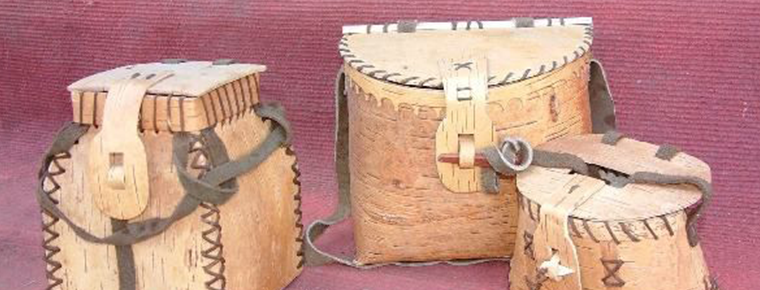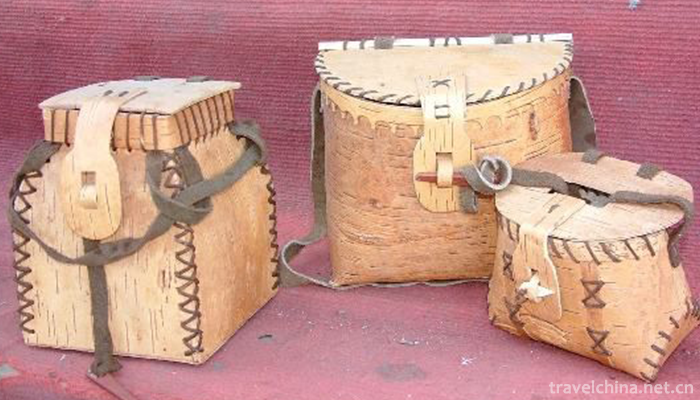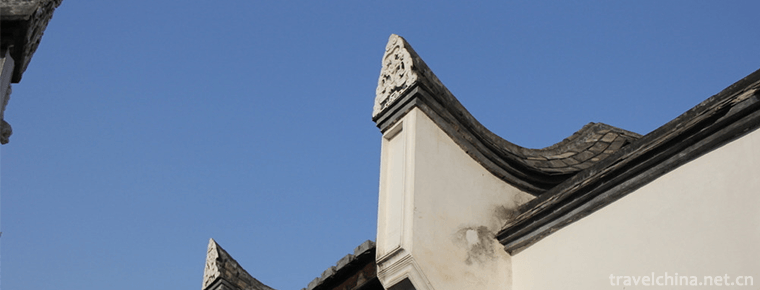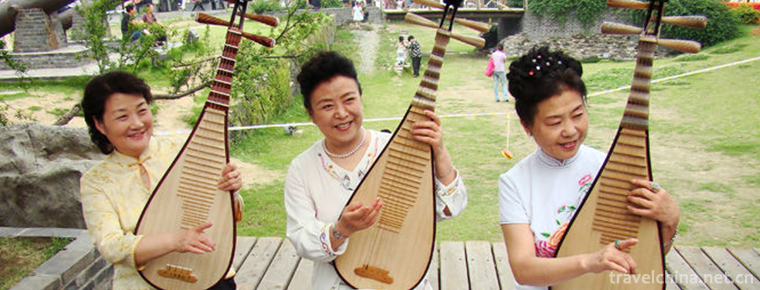2018-12-08

- By ChinaWiki.net
- Chinese Edition
- 2019-05-04
Craft of birch bark making
Birch bark making techniques, Oroqen Autonomous Banner of Inner Mongolia Autonomous Region, local traditional handicraft of Heilongjiang Province, one of the national intangible cultural heritage.
Traditional birch bark processing technology has four steps: first, stripping the bark; second, soaking or boiling the bark; third, cutting and stitching; fourth, decorative patterns. Decoration techniques are useful for crushing and clipping. All ethnic groups adorn Birch Bark products with pictures symbolizing auspiciousness, festivity, peace and harvest.
On May 20, 2006, the technology of birch bark production was approved by the State Council and listed in the first batch of national intangible cultural heritage list, No. _-83. Historical Origin
Archaeological data prove that about 3000 years ago, the minority nationalities in northern China already had birch skin products. In 1959, thousands of birch skin vessels were unearthed from the Han Xianbei tomb in Zaguinol, Manzhouli City, Hulunbeir League. In 1960, a variety of birch wood and birch skin utensils were found in Zazinolhan tomb. The remains of birch bark utensils used by minority nationalities in northern Liao Dynasty have also been unearthed in Baixin Tomb of Hulun Buir League and Bazaga Tomb of Koyouzhong Banner of Xing'an League. In historical materials, birch skins were also used by ancient nationalities in the Three Rivers Valley of China, and birch skins were used to build houses by Wei people in the Record Room of Northern History, and birch skins were used to build houses in Jilin External History.
Inheritance and protection
Inheritance value
Birch bark production technology is a special culture created by hunting nations in a specific living environment. It embodies the wisdom and intelligence of hunting nations. It has strong national and regional characteristics. It mainly spreads in the settlements of Oroqen, Ewenki and Dagan nationalities in China, as well as the settlements of the Hurong nationality in the ancient Heilongjiang valley. Birch bark culture has a long history in China, which has high historical, scientific and artistic value.
Inheritance status
With the development of society, great changes have taken place in the production and life style of the hunting nations. Hunting culture has declined gradually. Due to the limitation of the development of folk art itself, birch bark production technology is facing a growing survival and development crisis.
Inheriting characters
Fu Zhanxiang, male, was born in December 1955. In June 2007, Fu Zhanxiang was selected as the representative successor of the first batch of national intangible cultural heritage projects and declared by Heilongjiang Province.
protective measures
Raohe County, Heilongjiang Province, established the intangible cultural heritage protection center, established five seminars, and completed the birch bark production technology exhibition hall.
On October 25, 2017, Heilongjiang Provincial Non-Heritage Center made a rescue record of birch bark making skills, the representative heir of the national intangible cultural heritage project, Fu Zhanxiang birch bark making skills.
From June 25 to 27, 2018, he went to Raohe County, Shuangyashan City, at the best time of birch bark picking. He recorded the whole process of birch bark picking by Fu Zhanxiang and his apprentices. From August 10 to 12, Zhang Minjie, a non-legacy expert and birch researcher in Heilongjiang Province, conducted an oral interview with Fan Zhanxiang in advance. After writing oral history according to the interview, he conducted a three-day formal oral history interview with Fan Zhanxiang on September 15.
social influence
Important exhibition
In October 2014, the exhibition of the 3rd China intangible cultural heritage exposition was held in ShunGeng International Convention and Exhibition Center of Jinan, in which birch bark making techniques were exhibited.

Ask a Question
Your email address will not be published.



0 Questions